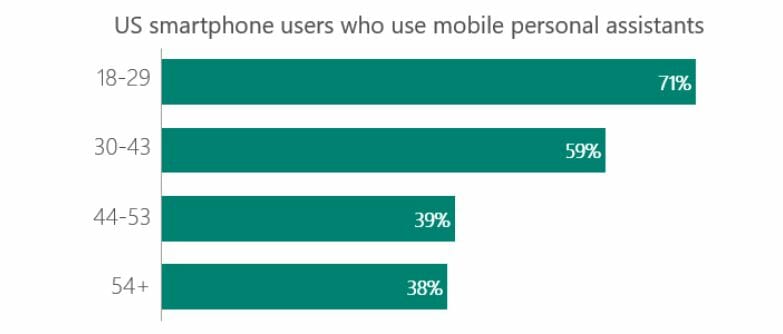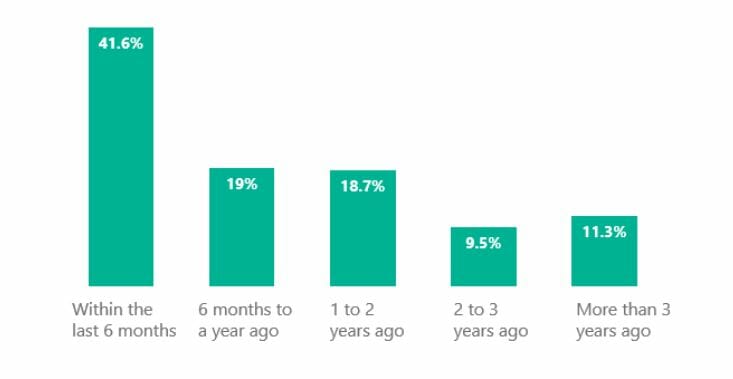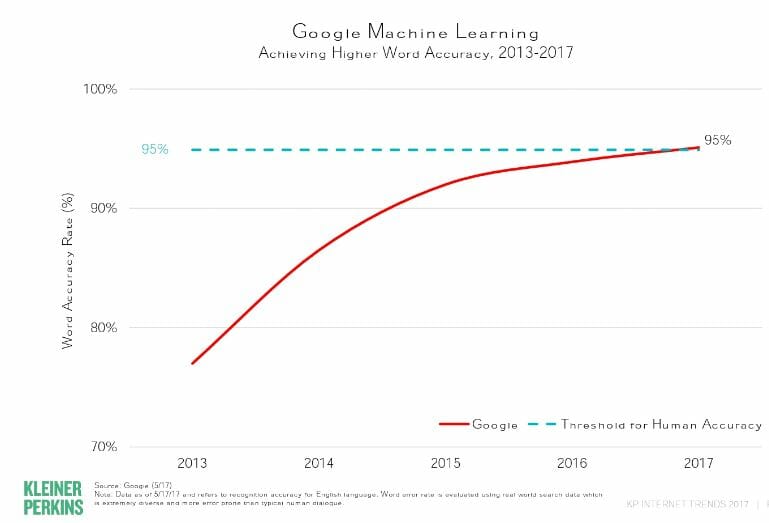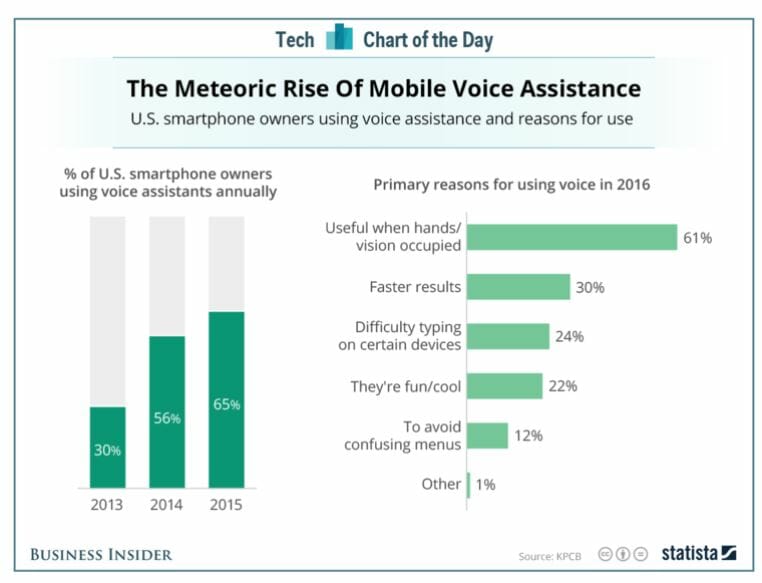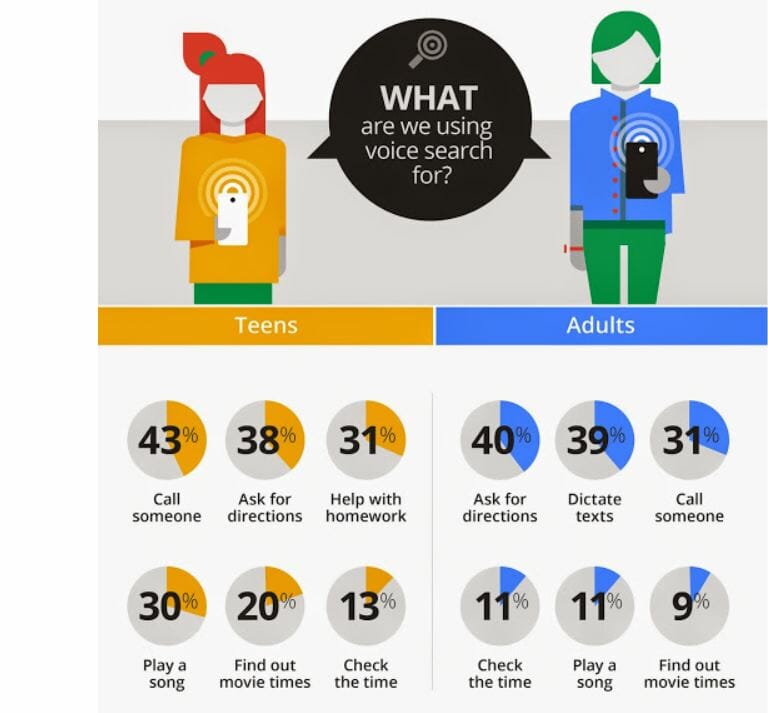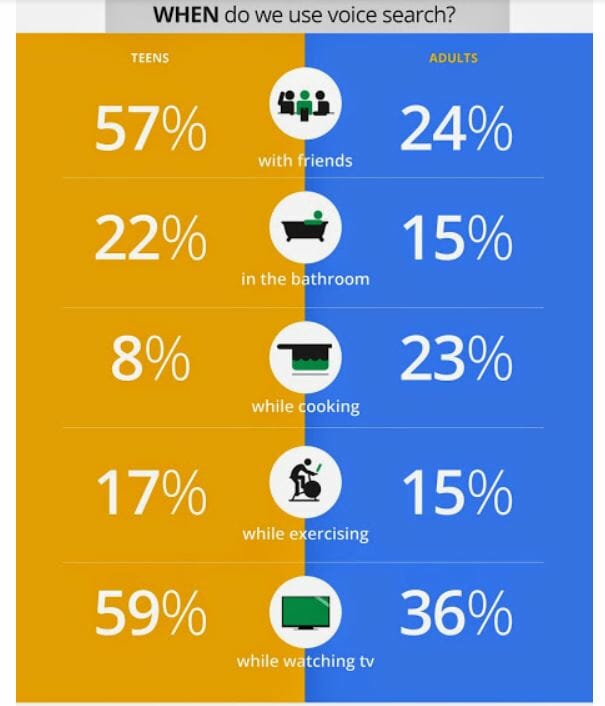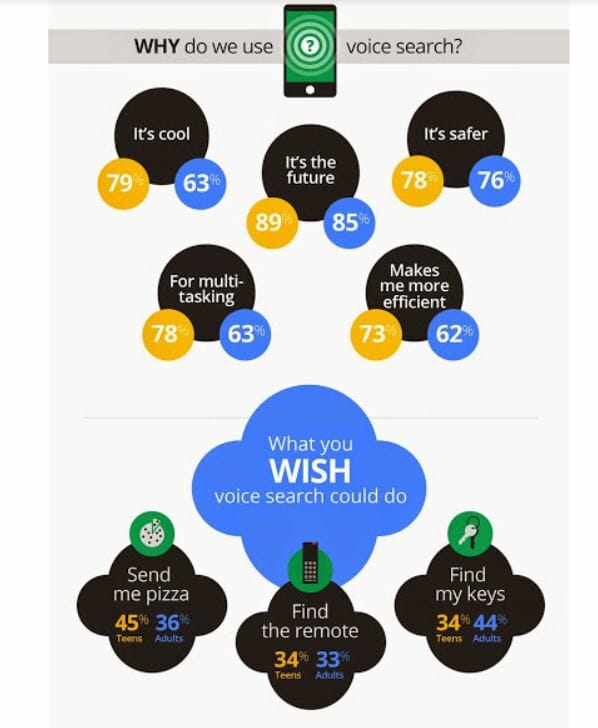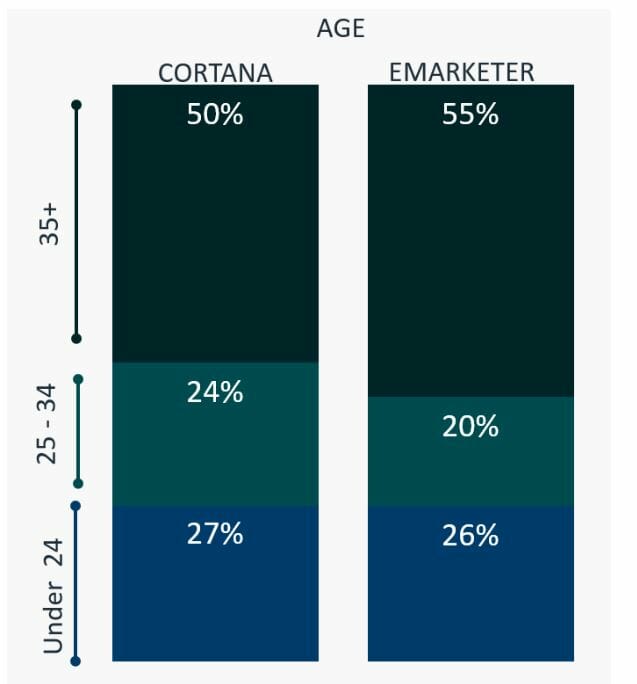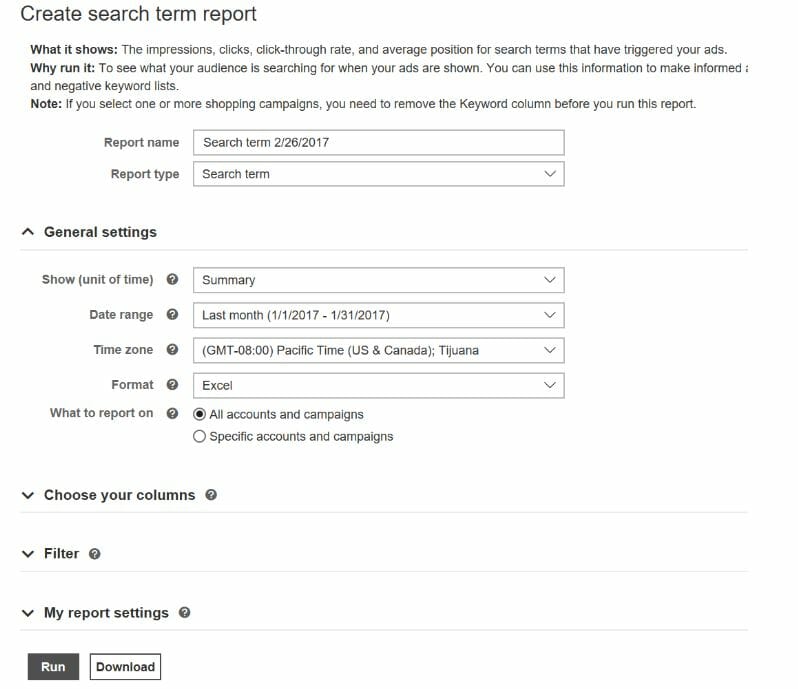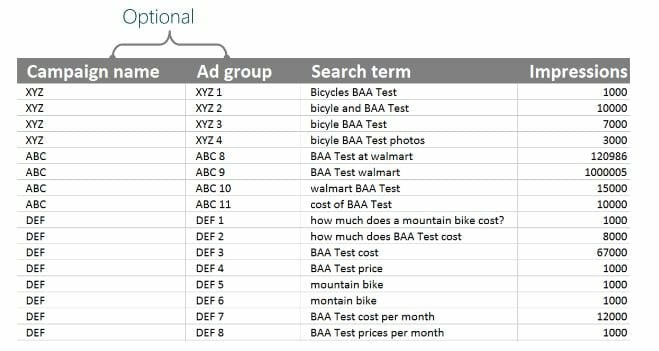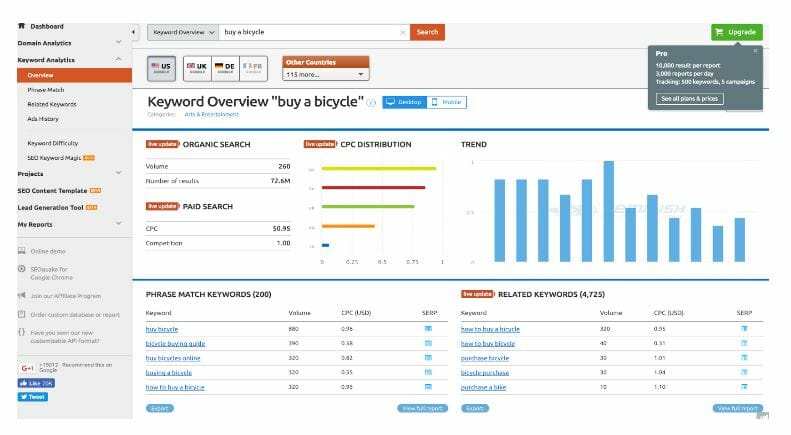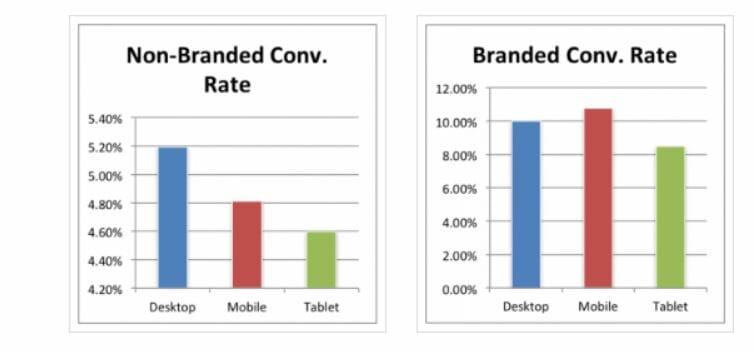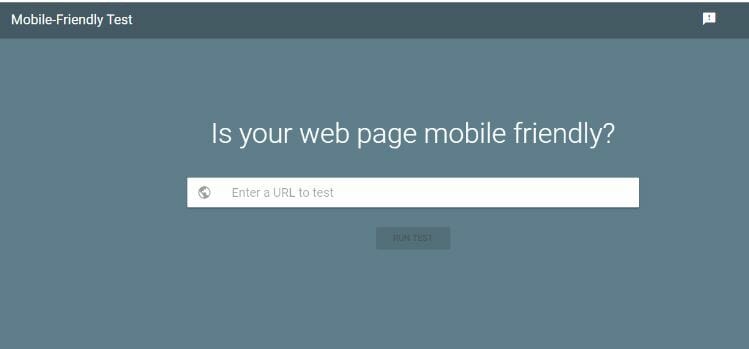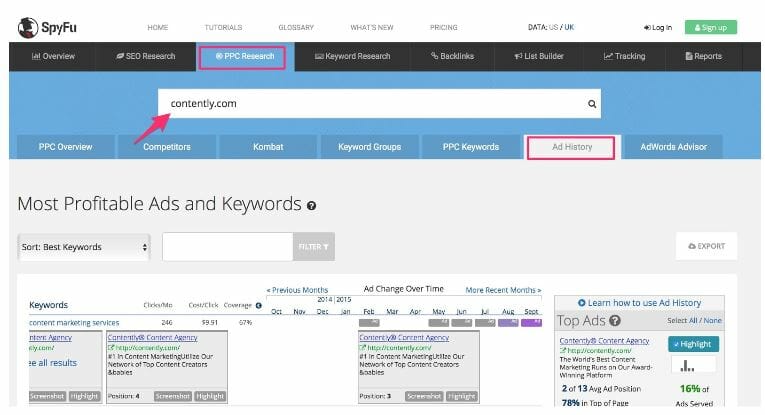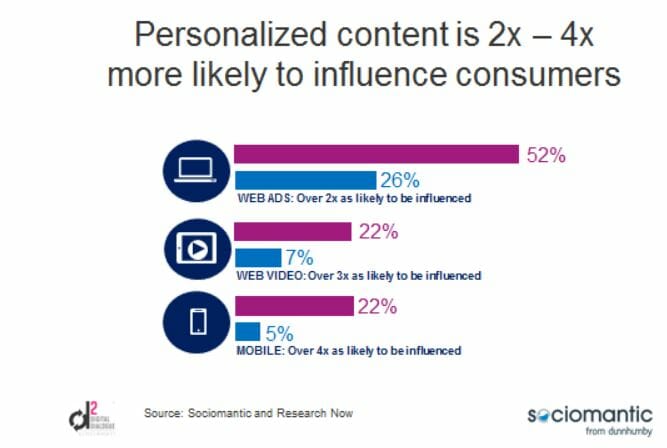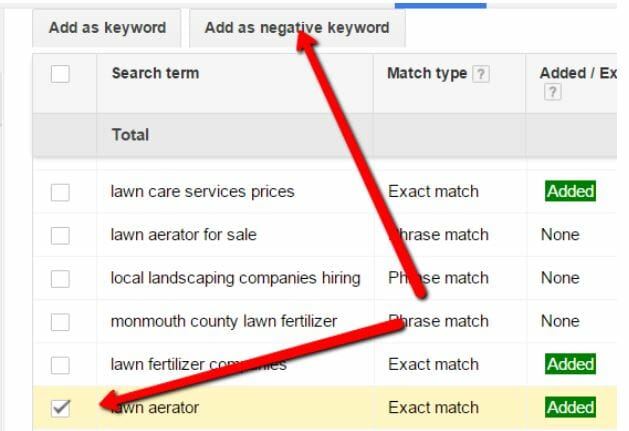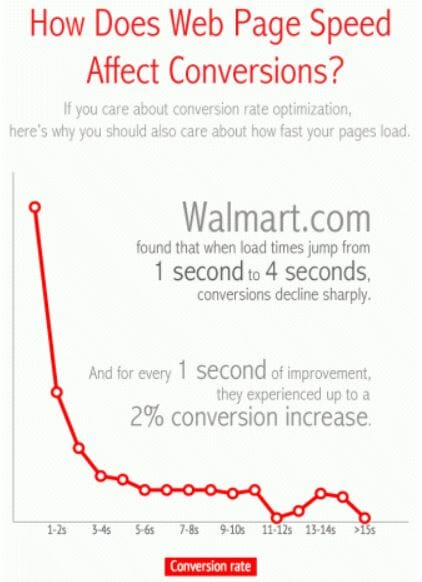Voice search is booming. And you can begin to incorporate it into your PPC campaigns to maximize your ad spend.
About 20% of searches on Android devices are voice searches and 1 out of 10 searches on the Internet is voice search. If you’re a Google AdWords advertiser, by default, it’s possible today that your Google ads are already showing up in search results for voice-related searches.
This is possible even when you have not optimized your ads for voice search. But if you have not, isn’t it a profitable step to give your ads more visibility to people who are searching for your products through voice?
If done right, this is only going to improve your results. And with the increasing usage of voice, you can only reach more potential customers with your Google ads.
This is good for your business.
To help make the journey a lot easier for you, we produced this guide to teach you how to prepare your PPC campaign for voice search.
What is Voice Search?
Voice search is a term that has been thrown around for a while and is becoming more popular by the day. But what is voice search?
According to TechTarget, voice search is a speech recognition technology that allows users to search by saying terms aloud rather than typing them into a search field.
A study by Thrive Analytics showed that 71% of US smartphone users between 18 and 29, 59% of users between 30 and 43, 39% of users between 44 and 53, and 38% of users 54 and above used personal assistants on their smartphones. That study was carried out in late 2014.
And we all know that even a year is a very long time when it comes to advancement and adoption of technology. In fact, another survey by MindMeld in late 2015 showed that most of the respondents just started using digital personal assistants in the previous year. Which means more people hopped on this train in 2015.
One-third of the volume of searches on Microsoft Cortana was voice search. That’s how fast people are adopting this technology.
There are many reasons for this. It’s easier.
An average person can type about 38 to 40 words per minute while they can say 110 to 150 words within the same time range. It means you can make your search with Voice about 3.75 times faster than typing a text search.
And it’s accurate. Google Voice Search was able to transcribe voice with 95% accuracy, which is as good as human transcribers.
Likewise, Microsoft’s speech recognition system only had a 5.1% error rate, which is also on parity with human transcribers. So far you get past the awkwardness of talking to your smartphone, you’re good to go.
According to data by Kleiner Perkins, 61% of smartphone users use voice because it is useful when hands or vision are occupied while 30% use it because of faster results.
People use voice to search for many things. Teens and adults also use voice search for different queries. A Northstar Mobile Voice Study was able to analyze different reasons teens and adults use Voice search.
As the “uses” are different between teens and adults, so are the time they use it. Teens use voice search a lot when they were with their friends.
Meanwhile, adults use Voice Search more when they were cooking — to search for recipes. However, both teens and adults use voice searches mostly while watching TV.
Why do searchers use voice? Both teens and adults think it’s the future and they also think it’s safer. However, more teens would like voice search to be able to send them pizza while more adults would like voice search to find their keys.
Developments like these are better because tech companies like Google are working, not only to make their voice recognition software better, but also to make sure that it understands the search query.
For instance, you can ask a complex question like ‘Who was the US President when the Angels won the World Series?’ and Google app will give you the right answer.
This also includes when you search using your voice.
With this trend of continuous improvements, people will continue to increase their usage of voice assistance as the apps maintain its excellence in listening and increase the number of things you can do.
The great thing to note about voice search is that users of all age groups find it useful. This is a trend you must take note of no matter what age group your products serve.
The percentage of voice search users according to their age group almost tallies with the percentage of smartphone users according to age classification.
All age groups are getting on the trend at the same time. The volume of the searches made by voice can only increase. As a marketer, it is important to get the best out of voice search while the competition is still low.
Although there are many things being done with voice assistants today, there is a lot of potential for more developments and features than we currently have today. As a marketer, getting on this train fast and thinking ahead could make a huge difference in your results.
Examples of digital personal assistants include Google Now, Apple’s Siri, Microsoft’s Cortana, and Amazon’s Alexa.
Characteristics of voice search include:
- 4 words or longer: According to research from both Google and Microsoft, voice searches tend to be 4.2 words or longer.
- Uses conversational language: Since talking is easier than typing, people usually say their search terms like a question worded to another person.
- More localized search: Mobile voice search is three times more likely (link) to be local-based than text search. This is because of searches like ‘near me’ or ‘boutiques in New York.’
- Voice Search is easier on mobile as typing on the tiny buttons can be difficult.
Testing Voice Searches for PPC
Typically, when you run a Google AdWords’ ads, you want to get results and more results. Given that optimizing your campaigns for voice searches has the potential to boost your lead acquisition, sales, and revenue, it makes sense to take advantage of this opportunity.
This is what voice search offers you. It gives you an opportunity to get more out of your campaigns as it is more conversational compared to text search. Conversational phrases are powerful because it helps you understand the searcher’s intent with more accuracy.
When you advertise on phrases that show a clear intent, you’ll get better results from your campaign.
But how do you go about it?
First of all, you have to know if you’re already getting clicks to your Google ads from voice searches. What are the ways to detect this?
Detect Voice Search queries
There is no perfect way to detect voice search queries.
With the knowledge that voice queries are usually long tail, there are some other considerations to be made to find searches that look like voice searches. These considerations are queries:
- That includes more natural language.
- That show clear intent.
- That has high local value.
- That impacts third-party listings.
What are the queries that fulfill these considerations? To get these queries, you have to analyze your search terms for a month or two depending on your search volume.
To do these, you need your search query reports (SQR) and Excel. You can access your search query reports through your Google AdWords or Bing Ads account.
Download your report for a month (30 days). Export your report to Excel. An example is shown below.
Remove the columns you don’t need. Since you’re analyzing keywords, the search terms and their impressions are enough information for what we need. If you have a big ad account, you can leave campaign and ad group names to sort your search terms.
Since we’re looking for search terms that resemble voice search terms, we’ll focus more on the long tail keywords that show intent and that are at least 5 words in length.
Note that you can have voice search that are 3 words in length or lower, but it’s not common. It’s also possible to have a search term with 6 words that were typed. But what we want to fish out are search terms that could have been spoken into the smartphone.
You can use the formula below to bring out only search terms that are 5 words or longer. Change A1 to the cell number that contains your search terms.
Sort out the queries with the most impressions to get your final list.
After getting your list, use a keyword research tool of your choice to get more details. In this case, SEMrush is the tool and the search term is ‘buy a bicycle’.
After this, input your term into Answer The Public to get every variation of how a question can be asked around the search term. Looking at all these possible terms, it is easy to determine the intent behind each possible search term.
If you’re trying to sell a bicycle, for example, the major intent you’re concerned about is the purchase intent. You may also enjoy teaching people about the nitty-gritty of operating a bicycle. But probably not enough to advertise those pages.
Search terms like ‘where to buy a bicycle in GTA 5’ will probably not interest you whereas ‘where to buy a bicycle’ or ‘where to buy a bicycle online’ will.
These search terms will tell you those who are just looking for information or those who are ready to buy. Some terms are irrelevant to your aims and you should include these terms in your negative keywords.
You should have built some keywords that you can bid for to get more out of voice search. But before you can finalize your list, you need to have more details about those search terms.
You can use Google Analytics or Bing Ads Intelligence to get demographics of the searchers. It is important to get details like their age range, location, the device used, time of the year, and other information important to you.
Optimize your content for voice
Before bidding for these search terms, how do you optimize your ad and ad copy to meet the needs of someone using voice to search?
1). Do customer research
To utilize voice search, you have to do a lot of customer research like you do for your campaigns. What words will people use when using their voice to search for your product?
If you get this wrong or choose the wrong keywords, you may end up wasting a lot of money spent on advertising. To know the probable words they’ll use, you need to have detailed buyer personas.
For instance, the vocabulary of millennials will be slightly different from that of a baby boomer and hence, their voice search terms will differ, too. You should adjust for this in your ad.
2). Optimize branded keywords
Branded keywords have been shown to have higher conversion rates than non-branded keywords. It is important to adapt the branded keywords for users of voice.
These are keywords that have a high probability of conversion. Targeting people using voice will continue the trend of high conversions or even increase it.
If you already have branded keywords that lead to lots of conversions for you, then you should bid for a variation of these keywords that can be likely used for voice search. If a normal voice search shows intent, a branded search shows even more intent.
3). Provide the best content
When doing a PPC campaign, you have to be aware that 64.6% of consumers click on Google ads when they’re shopping online. Having the best content is what gives you the edge in converting these searchers into your customers.
Which keywords are you bidding for? If you’re bidding for ‘where to buy a bicycle under $500’, do you have content that suits these terms. Do you have a selection of bicycles that are below $500 or around that price range?
If you don’t sell bicycles of those price range, then there is no need to bid for that search term. You must pay a lot of attention to your content because this is the major factor in converting a visitor who clicks through to your website.
This is one of the most important factors you must consider. If you’re bidding for a search term, does your landing page provide answers or meet the need of anybody who makes that search?
If you don’t have content that fits a search term, don’t bid for it. Apart from wasting your money, it may give you a bad reputation for negligence. A reputation you don’t want.
4). Optimize your website for mobile
Most of voice searches happen on mobile. All your efforts will be wasted if users see your ad on a voice search but meet a crappy design when they click through to your website.
You lose all these traffic and your money is wasted. You want to avoid this.
To know if your website is fully optimized for mobile, run the mobile-friendly test on Google.
5). People are more specific in voice search than text
With voice, you’re more likely to see a search like ‘where can I buy pizza near me’ whereas, with text search, you see something like ‘buy pizza Texas’. The first search is more specific with what the user wants.
If you’re going for the second term, then you need to also bid for the first one too. Because the first one is more specific and will likely convert faster.
For example, someone might be about to leave their house before making that voice search. Or someone is on a journey and needs to eat while passing through a place they have little knowledge about. It is easier to use voice rather than typing text.
6). Analyze your best-performing keywords
If you’re looking to utilize voice search, it means you already run PPC campaigns. The results you already have from these campaigns could influence how you target voice. Look at your highest performing keywords.
Which keywords have the lowest cost-per-sale or the lowest cost-per-lead (CPL)? Which search term produce the highest revenue? If it looks like text search, could it have a variation for someone searching through voice?
Bidding for those variations means you can even improve the performance of your campaigns.
7). Check out your competition
After compiling the keywords you will use to get more customers from voice, you need to check what your competitors are doing. With a tool like SpyFu, you can enter the domain name of your competitor to see their profitable keywords.
Apart from this, you can also do your voice search for those keywords and see the companies that appear in the search. What are they doing right? What can you add to it to make you stand out from the competition? What are they doing wrong?
If you find out that the businesses bidding for these keywords are in different businesses to you, then you have to consider if the keyword is really right for you.
You can check this through the ‘Auction Insights’ report from your AdWords campaign dashboard.
Your competitors can teach you things to do and things to avoid in some cases and you should check them out if you’re preparing your PPC campaign for voice search.
It is possible that they have already done a lot of testing on the most profitable keywords. Why should you spend time and resources on that again?
8). Low competition for the keywords
Since most searches done by voice are usually 4 or more words long, these are long tail keywords.
There is usually less competition for these keywords which means you can bid for them at a lower price and at a higher probability of more returns.
For instance, Banckle Chat, a live chat software company bid for long tail keywords with low volume but more intent. This helped them to achieve an increase in click conversion rate of about 167% and reduce cost per converted click by 60%.
9). Localized search
When you bid for long tail keywords, it is beneficial to bid for keywords that apart from showing intent, also indicate location.
For instance, if you have a restaurant in San Francisco, you might bid for ‘where is a restaurant near me’, ‘restaurants in San Francisco’, and ‘where is a restaurant in San Francisco’.
Localized searches are common to voice search as most people using this type of searches are probably on the move and looking for a product or service near them.
Door to Door, a storage company targeted location-based keywords in their Google ads and increased leads generated by 25% while reducing their PPC spending by 16%.
10). Know the user’s intent
With voice search, it is easy to detect searchers’ intents. Most times, voice searches include words that show intent. Words like who, what, why, when, how, and where help you to determine what the user is trying to do.
For instance, who and what are usually used in the search for research purposes? These people want more information on a particular subject or about a particular product.
If you’re going to run retargeting ads, understanding users’ intents and integrating it into your ad will definitely boost your results.
However, search terms that include ‘where’ usually show purchase intent. For instance, ‘where is the best restaurant near me’ show more intent of someone who is about to buy food than say ‘who is the best chef’.
The importance of being able to analyze voice search easily is that you can bid more on the long tail keywords that are relevant to your business and place the keywords that are irrelevant in negative keywords.
With text search that usually contain 1 to 3 words, it is more difficult to determine a searcher’s intent.
Below is an example of Jaybird predicting user intent to bid for the search term ‘buy Jaybird headphones’.
11). Use urgency
Since many people using voice searches are doing this because they need something urgently, it’s good for you to build urgency into your ad. That way, these people can take action now, and not later.
You can do this by stating a time-limited offer or discount on your ad. Most people are risk averse and don’t want to lose an opportunity to get more value for their money. Here’s a good example.
Urgency can be real if your offer will only last for a period of time. Urgency can also be implied with words like ‘now’ or ‘today’ or ‘soon’.
12). Write ad copy that can answer questions
In some cases when users conduct searches online, they see a quoted part of an article that answers their question. However, when a search is done via voice, these words are read out to the user.
If an article is part of your PPC campaign, then optimize your content so that some parts can answer specific questions.
13). Make information about your business available
Have your address and correct contact information, opening hours, under your ad or on your website. This is because people who already know your business can ask a direct question related to your business.
If the search engine can find such information, they send it to the searcher. If they can’t find it, you can lose business.
For instance, if someone is outside and they want to buy butter before going home, they may search for the opening hours of your supermarket.
If they don’t find it, they may buy somewhere else because they don’t want to take chances. Make your service great for people to leave good reviews and ratings as bad reviews can discourage a reader from clicking your ad and doing business with you.
14). Offer personalized content
When people use voice to search, they want content that will meet their personal needs. When you’re writing content for your campaign, it is advisable to have a target demographic in mind. It is important to write for a specific age range.
Aside from personalizing your ad copy, personalized content is 4X more likely to win the influencer’s heart and get them to promote your blog content as well.
More so, 43% of marketers in a survey by CMO Council, said that personalization increased conversions. According to data shared by Autopilot, consumer respondents were 4 times more likely to respond to personalized offers.
Content that tries to satisfy the general public will satisfy no one.
Personalized content helps you connect with the people who need your product or services more. Of course, you don’t have to mention your customer’s name in your copy, the copy just needs to be relevant to their needs.
15). Specify negative keywords
There are some search terms you don’t want to trigger your ads because they show no or undesirable user intent.
For instance, if you have a lawn care services business and are advertising to get more customers, search terms like ‘lawn aerator’ will probably bring you no qualified customer.
Because such a user is only looking for information. You can include this term in negative keywords so that your ads will not show up when a user enters such keywords in the search box or conducts a voice search. Classify irrelevant questions in negative keywords.
16). Call to action buttons while on the search result page
As I said earlier, in some cases when people use search terms, they want the product or service as soon as possible. It is better if they can get what they want even without leaving the search page.
This can be done by having call to action (CTA) buttons on the search page. Wordstream analyzed ads and found that the most popular CTAs are ‘Get, Buy, Shop, Try, etc. Use words that are relevant to the actions you want the users to make.
For instance, someone looking to buy pizza should have a button to call your restaurant or book a table.
This makes life easier for the searcher and you can get the expected returns on your investment.
These buttons are located on the mobile ad extension.
17). Get your page to load fast
If someone is searching with voice, for example, they probably need a service or information fast. When you attract them with your ad, you don’t want them to bounce right back because your page is loading slowly.
According to KISSmetrics, a 1-second delay in page speed can result in a 7% drop in conversions. In a case study, Walmart found that improving site speed led to a higher conversion rate.
18). Bid for your selected search terms
Bid for the search terms that you’ll want to appear for when searchers search through voice.
When you’re bidding, you have to bid based on the level of intent of the particular search term and how competitive it is. The advantage you have with long-tail keywords used for search terms is that the competition is usually low.
Conclusion
The work doesn’t end after you have optimized for voice-related searches. When your ads go live, you need to track them to determine if they are performing to your expectation. You need to adjust your ads and ad copy to improve conversions.
You can also add more keywords to gain more leads and customers from voice search. You have to remove ads that are not performing and test other voice-related keyword variations.
Optimizing your PPC campaign for voice search is no perfect science. You have to do a lot of research before your ads go live and a lot of testing while your ad is live.



